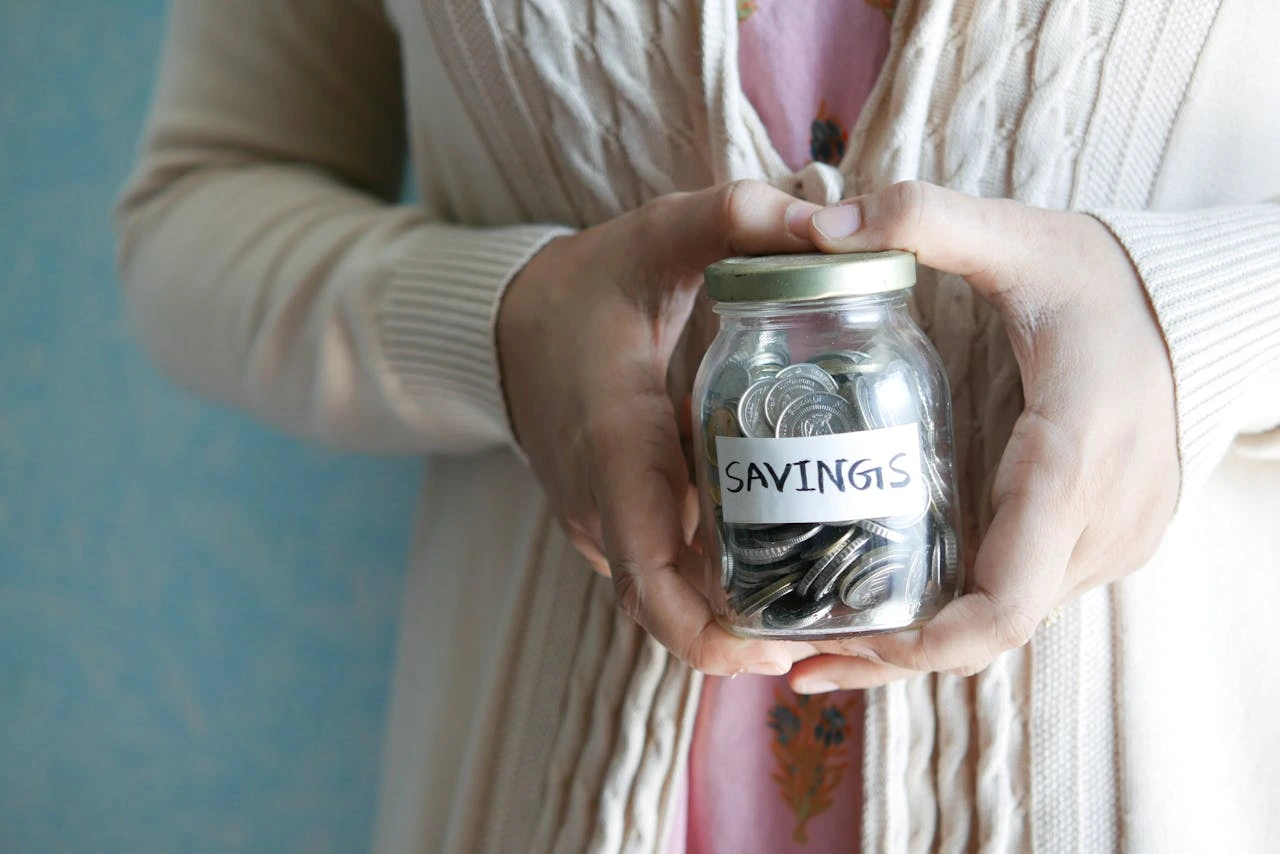Imagine your financial life as a family portrait: it’s not merely about what you’ve painted in, but how bright the colours appear to the neighbours’ windows. In the Philippines, the invisible strokes of hiya—shame, pride, and the pressure to look a certain way—often determine how that portrait turns out. While the numbers (income, interest rates, or even credit card balances) are tucked away in the studio, the display on the wall catches the eye.
And as some studies show, for many Filipinos, decisions about spending, borrowing, and saving begin with emotion rather than math. A swipe of a credit card can feel like a small victory of pride or a quiet act of belonging—proof that one is “doing okay,” even when the budget says otherwise.
Whether it’s the tendency to lend beyond one’s means, host a celebration one can barely afford, or refrain from asking for help because of fear of losing face, hiya becomes the silent currency driving money behaviours. In this article, we unpack how hiya plays out in three key areas of financial life—and how embracing a healthier version of it might just lead to better money habits.

The Pressure to Perform Financially
In many Filipino households, money decisions are woven into culture and celebration. Hiya doesn’t just whisper—it sometimes shouts: “You must host, you must give, you must lend so you won't be seen as behind.”
Celebrations, milestones and spending beyond means
When a daughter graduates, a sibling gets married, or the extended family gathers for a fiesta, the expectation is to show up — and show well. Hosting, gifting, borrowing, or splurging become almost automatic, even when resources are tight. The cost may not be measured in only pesos—but in reputation.
Cultural display: the giving and lending even when funds are low
The Filipino value of being generous, of “makawala” or “nakaluluwag” (one who is comfortable enough to give) complements hiya. The successful host quietly battles the internal voice: “I may not have enough, but I must look like I do.” A recent consumer-behaviour report noted:
“Filipinos buy based on emotion and justify with logic.”
The need to appear stable, generous, or “doing well”
Beyond family events, there’s the day-to-day: gadgets, clothes, travel posts on social media—all can become signals that one is not “left behind.” The fear of being the odd one out fuels decisions. Hiya says: “Don’t show up empty-handed or under-dressed.” And in return, your savings account might show the strain.

Borrowing to Save Face
Borrowing isn’t always about need. Sometimes it’s about image. Hiya leads many to take out loans—so they won’t feel or appear embarrassed.
Loans for weddings, birthdays, gadgets
When the wedding must be grand, or the birthday must match the ‘gram, and the gadget must be the latest model, then for many Filipinos the question shifts from “Can I afford this?” to “How will I afford this without looking like I’m struggling?”
The hidden anxiety behind “utang para hindi mapahiya”
The phrase literally means “borrowing so as not to be embarrassed.” It’s a common mindset in the Philippine context. Some studies highlight how hiya is a driver of behaviour, even in other domains such as mental-health-seeking, where people avoid being “seen as weak” or a “burden.”
Similarly in money: taking a loan becomes a short-term fix to keep the façade of stability, even when that loan is the root of longer term debt.
How peer comparison on social media amplifies the cycle
In today’s Philippines, social media magnifies image, driving spending and borrowing. If your feed shows friends flaunting travels, new phones, or big fiestas, the social pressure climbs. The cost may be invisible at first, but it shows up in the monthly repayment. Hiya whispers: “I don’t want to be less than.”

The Flip Side of Hiya: Motivation and Moderation
Hiya isn’t all destructive. In fact, it can be harnessed in positive ways: as motivation, as a guardrail, even as an accountability mechanism.
Positive outcomes — hiya pushing timely payments and accountability
When someone values their good standing, whether in a family, community or peer group, hiya can encourage them to keep up with repayments, avoid reckless borrowing, and act responsibly. The fear of letting others (or oneself) down becomes a powerful incentive.
Stories of people using pride as fuel to budget better
Consider someone who says: “I don’t want to be the one who takes-out again—and has no savings.” The emotional weight of not wanting to be seen as irresponsible becomes a driver to save, to track expenses, to say “no” to certain pressures. In this sense, hiya becomes self-respect.
The potential of hiya as a social guardrail for responsible borrowing
If the cultural value of hiya is reframed—not as the fear of shame, but the pride of doing right, it may become part of a healthier financial culture. Instead of spending and borrowing to prove you’re “doing well,” you borrow and spend (or save) to preserve your dignity in the long run. One table below summarises contrasting modes of hiya in financial behaviour:

Breaking Free Without Losing Face
How do we shift from hiya as a burden, to hiya as empowerment? It’s about redefining the value, changing the narrative, creating space for openness.
Redefining hiya as self-respect, not pressure
Instead of letting hiya push you to spend or borrow so you look good, let hiya remind you that you are good when you manage your money well. A mindset shift: “I want to be able to look at myself in the mirror tomorrow without regret.”
Encouraging financial openness and shared struggles
In Filipino culture, silence around money is common, but so is support when stories are shared. Sharing about financial struggle doesn’t have to lead to shame. On the contrary: transparency can build resilience and community. When one person says “I’m managing debt,” others feel less alone.
Building a culture where honesty about money isn’t embarrassing
Platforms, group chats, peer-sharing, even within families, can help normalise discussions about money, borrowing, saving, and yes, hiya. Because when financial issues are hidden, they grow. But when they’re addressed, hiya becomes a tool for good.
As part of this journey, you can also look at resources like Finmerkado, which aim to shed light on financial behaviour in the Philippines and help readers make smarter borrowing and saving decisions.



Conclusion
Conclusion
The unspoken currency of hiya flows through Filipino money decisions with surprising power. Whether it drives us to spend and borrow to maintain an image, or motivates us to save and act responsibly, hiya touches the emotional heart of our financial behaviours more than interest rates ever will. But it doesn’t have to be a trap. Reframed as self-respect, partnered with openness and wise habits, hiya can become a force for financial wellness.
Platforms like Finmerkado champion this kind of financial awareness, helping Filipinos decode the emotional side of money, compare tools like credit cards and personal loans, and make decisions that align with both heart and budget. By understanding how hiya influences your spending, borrowing, and saving, you take back control.
You paint your own financial portrait, not for others to admire, but for you to feel proud of.
References
- Maglalang DD et al., Scale Validation of Filipino Cultural Values and Its … — found hiya is a significant factor in Filipino culture and behaviour. PMC
- Constante A., How ‘hiya,’ ‘kapwa’ and other cultural values play a role in Filipino American mental health, L.A. Times — hiya described as “the goal of the individual is to represent oneself or one’s family in the most honourable way.” Los Angeles Times
- Research note: “The foremost value is called hiya. … It is the currency applied within the society, controlling and motivating individual and social behaviour.” Bayanihan Foundation Worldwide
- Kadence International, Unraveling Filipino Purchase Behavior — emphasises that Filipino consumer decisions are deeply emotional. Kadence
Frequently Asked Questions
“Hiya” roughly translates to shame, propriety or honour in Filipino culture. It matters in money because it influences how people feel they should appear financially — which in turn affects spending, borrowing and saving.
Not always. Though income matters, emotional and cultural drivers such as hiya, social pressure and expectations often shape behaviour even more strongly.
No — it can lead to harmful behaviour (overspending, borrowing to save face) but it can also be a motivator for responsible actions if reframed as pride, accountability and self–respect.
By pausing and asking: Do I need this? Will I be able to repay this? Am I doing this for me—or for how I’ll look? Then build a budget, and align spending with values rather than image.
Start small: share with a trusted friend or family member, focus on your shared goals, normalise mistakes and lessons. Recognise that openness doesn’t mean weakness — it means maturity.

Maya Philippines, Inc. prioritizes speed and efficiency. The minute-long online application process lets people apply and get approved swiftly. Once accepted, cash are quickly delivered to the customer's bank account, demonstrating the company's commitment to fast service, especially for repeat customers.
BPI Amore Platinum Cashback Card

- Get 4% cash back on dining and online delivery spend
- Get 1% cash back on supermarkets and department store spend
- Earn up to 0.3% cash back on other international and local retail spend
- Enjoy exclusive perks and deals at any Ayala Malls nationwide
- One of the lowest forex conversion rates at 1.85%
- Ideal for people who enjoy shopping while saving
HSBC Gold Visa Cashback
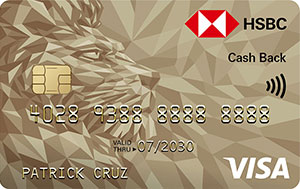
AUB Gold Mastercard
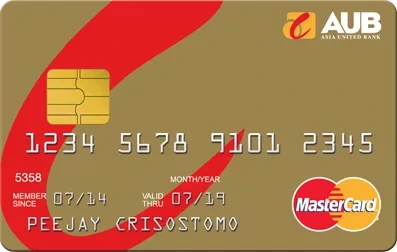
Gold benefits, reward points, flexible payments
BPI Personal Loan
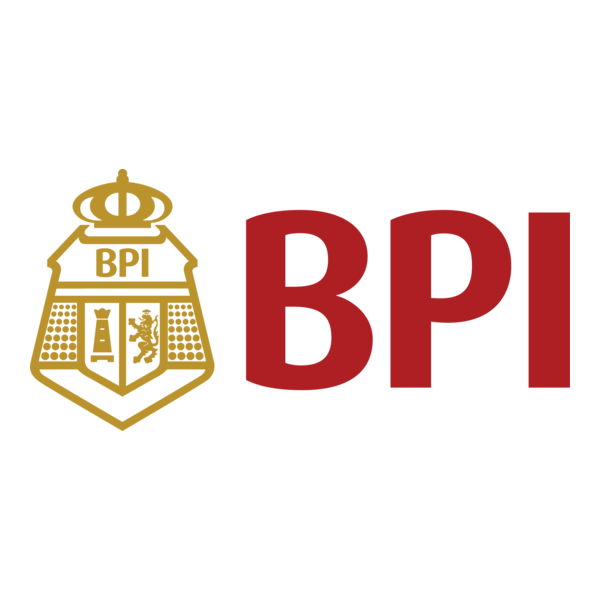
Need a cash boost for life’s big moments or unexpected emergencies? The BPI Personal Loan offers a reliable and flexible solution—whether you’re funding a small business, covering tuition, or consolidating debt. With competitive rates, fixed monthly payments, and a fast approval process, this loan is designed to fit your goals and your lifestyle. No collateral required, just straightforward access to funds when you need them most.
Security Bank Personal Loan
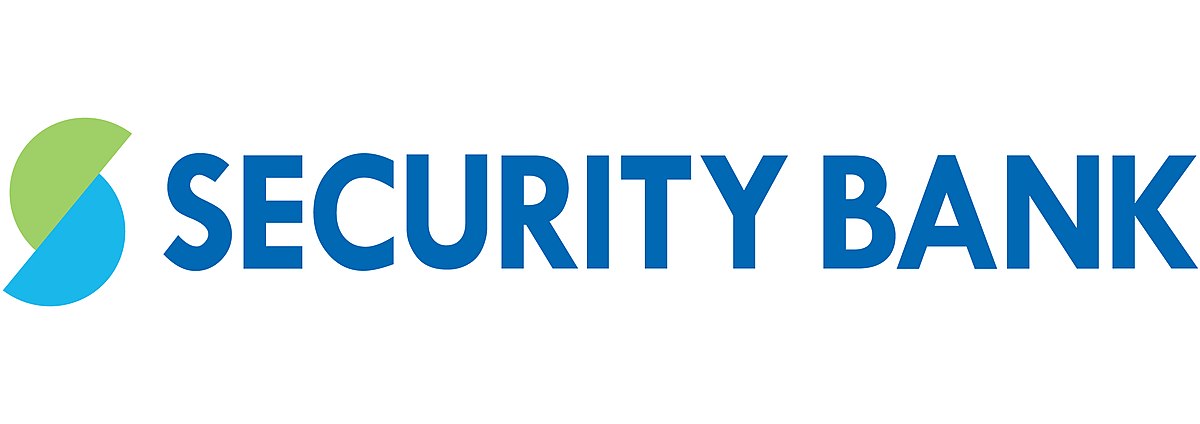
The Security Bank Personal Loan is an unsecured, multi-purpose loan offering up to ₱2 million in financing. With add‑on interest rates starting around 1.3% monthly, it translates to an estimated APR of roughly 29.5%–39.4% depending on loan amount and term. No credit card is needed, and applicants can choose between applying online or over the counter at branches. Ideal for emergencies, life events, or debt consolidation with quick digital or branch-assisted processing.
Sterling Personal Loan
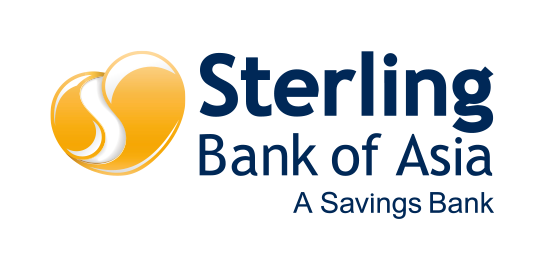
Short-to-medium-term unsecured personal loan suitable for salary earners and professionals.






